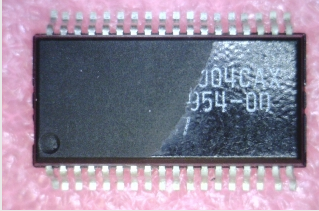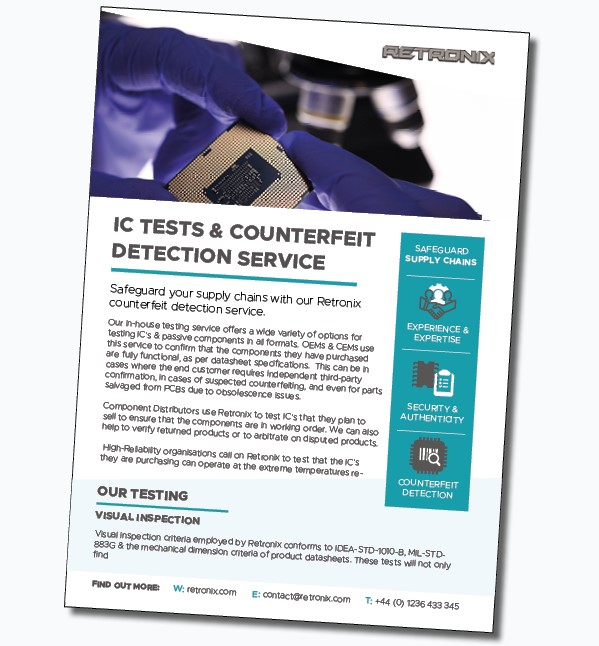HEATED SOLVENT TEST
Counterfeiters are continually implementing new methods of resurfacing devices that are more resistant to solvents.
A decade ago they would typically sand the surface of a chip to remove any markings, resurface or blacktop the device, and then remark it with a different part number. A standard acetone testing would usually do the trick in revealing all.
Today counterfeiters are much more sophisticated in their techniques. Part markings are removed with acid and then resurfaced with an epoxy-based blacktop coating before new markings are applied. This process is, by design, resistant to a simple acetone test.
As a result, the testing industry has developed heated solvent testing (HST), a more aggressive and effective method of uncovering counterfeit devices. A cotton swab is used to wipe the surface and any evidence of sanding. Removal of the surface or transfer to the cotton swab is indicative of an adulterated device.
Excerpts and source material : ERAI

FURTHER INFORMATION IS AVAILABLE
Our Testing brochure provides further details of our suite of device testing services. Safeguard your supply chains with our counterfeit detection service.

Contact Us For More Information
We’d love to stay connected and send you Retronix updates, research and invitations to our events.
© 2023 | Retronix Ltd, North Caldeen Rd, Coatbridge, Scotland, United Kingdom. ML5 4EF | Email: sales@retronix.com | Phone: +44 (0) 1236 433 345


